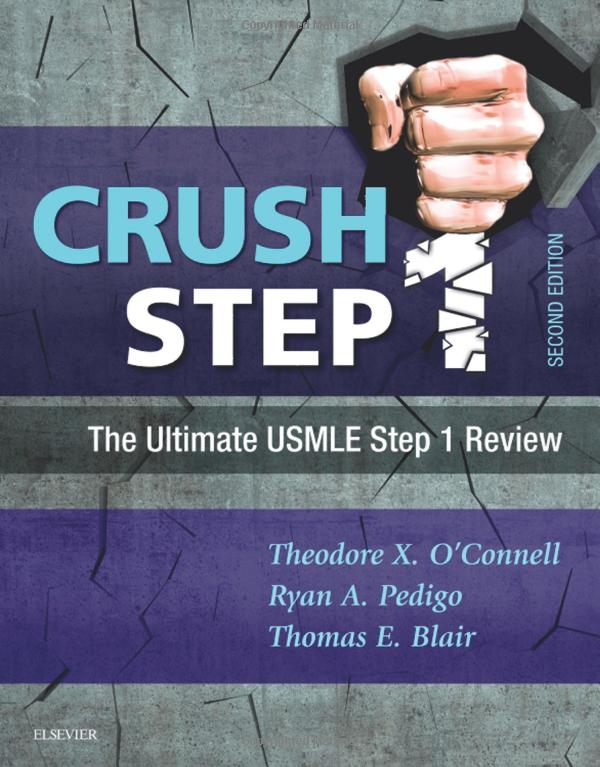A 24-year-old woman is brought to the emergency department by her mother with a complaint that the patient has been acting “strange” this last month. The mother speaks to the patient almost every day and has noticed that her daughter has expressed increased anxiety surrounding graduate school and often complains of not having enough time in the day to get everything done. To her mother's knowledge, the patient has been getting around 4-5 hours of sleep every night, which is why her mother was not overly concerned when her patient seemed increasingly irritable during their recent conversations. Earlier in the night, she received a phone call from the patient in which her daughter complained of people following her and saying that “they were out to get her.” When the mother arrived at the patient's apartment, she found her with a “wild look in her eyes” and sweating. On physical examination, the patient is found to have dilated pupils, tachycardia, and diaphoresis. The rest of the examination is unremarkable.
B) Drug-induced psychosis
Psychosis can involve delusions, illusions, hallucinations, and/or disorganized thinking/behavior. Not all symptoms of psychosis are schizophrenia; medical or substance use induced psychosis must be ruled out first. In this case, the evidence of paranoia along with the examination findings of dilated pupils, tachycardia, and diaphoresis suggest substance use, most likely a stimulant (e.g., cocaine). The history of difficulty with schoolwork and not feeling like there is enough time could be potential motivators for substance use. A urine drug screen would be necessary in a patient with these particular findings.
Brief psychotic disorder, schizophreniform disorder, and schizophrenia could be considered if medical or substance use related psychosis have been ruled out. The main difference between these answer choices is the timing of the symptoms. A brief psychotic disorder consists of symptoms of psychosis for less than a month. Schizophreniform demonstrates symptoms of psychosis anywhere from one month to 6 months. Schizophrenia is defined by symptoms longer than 6 months. According to DSM-V criteria, a diagnosis of schizophrenia must include 2 of the following: delusions (bizarre or non-bizarre), hallucinations, disorganized speech, grossly disorganized or catatonic behavior, and negative symptoms. At least one of these symptoms must involve delusions, hallucinations, or disorganized speech. Schizoaffective disorder is similar to a mood disorder with psychotic features, however, the patient with schizoaffective disorder must have greater than 2 weeks of hallucinations or delusions without mood symptoms.
Key Learning Point
Psychosis can involve delusions, illusions, hallucinations, and/or disorganized thinking/behavior. Psychosis induced by medical issues or substance use should be ruled out before schizophrenia is considered.


